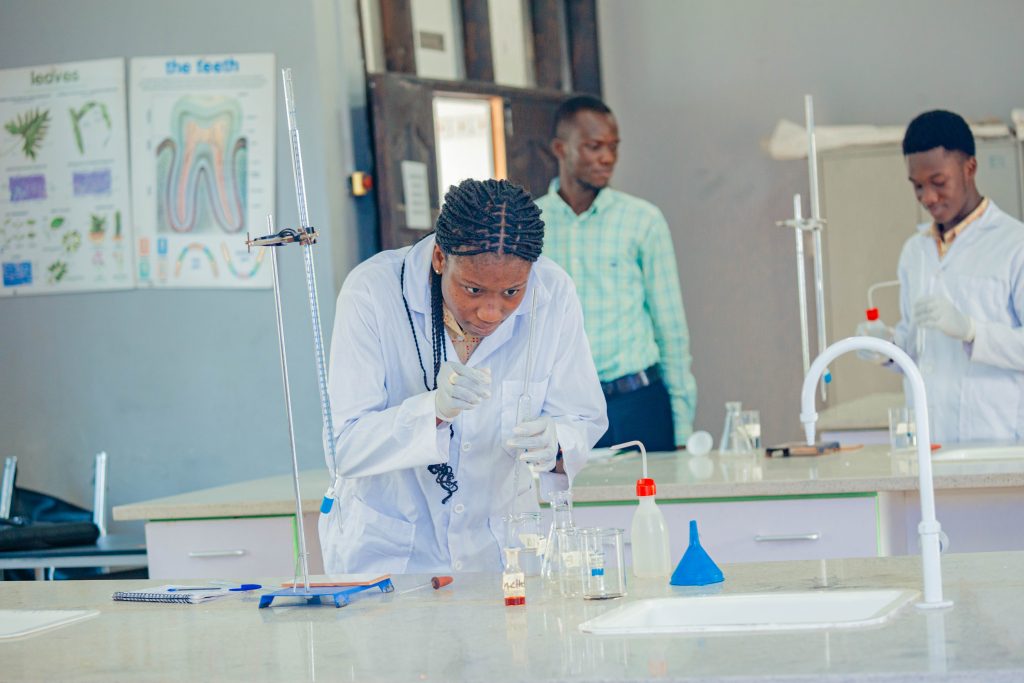Key Points at a Glance
Start Early: STEM habits begin in early childhood. It is advisable to build curiosity and hands-on learning from the foundational stages.
Make It Relatable: Use real-life scenarios and age-appropriate tools to teach science, technology, engineering, and math.
Incorporate Project-Based Learning: Encourage teamwork and creativity through collaborative STEM projects at every grade.
STEM thinking—an approach that integrates Science, Technology, Engineering, and Math—is no longer optional. It’s essential. But the challenge lies in making it meaningful for learners across all grade levels.
How can schools and parents build STEM skills that will serve students throughout life?
Let’s explore 10 practical strategies that educators and schools can implement today.
1. Spark Curiosity in Early Learners
Children are born curious. Leverage this by incorporating sensory activities like building blocks, sorting objects, and asking “why” questions. Introduce basic coding through storytelling apps or puzzles.
2. Make STEM Part of Everyday Language
From grocery shopping to playground physics, STEM is all around us. Teachers and parents should make conversations more analytical—talk about measurements, patterns, and cause and effect. This builds foundational vocabulary and logic without feeling like a formal lesson.
3. Use Project-Based Learning (PBL)
PBL encourages collaboration, experimentation, and long-term thinking. For instance, middle schoolers could design a simple water filtration system or build a bridge using everyday materials.
4. Introduce Coding Across Grades
Coding builds logic, sequencing, and problem-solving skills. Use age-appropriate tools—Scratch Jr. for early learners, Python for older students. Schools can schedule weekly coding hours or gamify the learning process to keep students engaged.
5. Connect STEM to Real-World Problems
Want to make STEM meaningful? Tie it to real-world challenges like climate change, health, and infrastructure.

6. Encourage Girls and Underrepresented Groups
STEM still suffers from gender and access gaps. Begin by showcasing diverse role models, using inclusive teaching materials, and creating safe spaces for all voices.
7. Blend Arts with STEM (STEAM)
Adding arts to STEM fosters creativity. Let students draw blueprints, compose soundtracks for science videos, or write poems about space exploration. This makes learning multidimensional and appealing to a wider range of learners.
8. Emphasize Critical Thinking Over Memorization
Rather than memorizing formulas, encourage students to ask “why” and “how.” Use Socratic questioning and debates to deepen understanding. Morgan International Community School’s inquiry-based model enables students to explore rather than merely absorb.
9. Organize STEM Clubs and Competitions
Clubs create space for experimentation and leadership. Host math bees, robotics contests, or science fairs. MICS has a thriving STEM club where learners design everything from mobile apps to 3D models, boosting confidence and innovation.
10. Train and Support Teachers Continuously
Teachers are the bridge between content and comprehension. Invest in regular STEM-focused training, equip classrooms with tech tools, and create peer learning communities.
Final Thoughts
Encouraging STEM thinking at every grade level is about more than preparing students for jobs—it’s about empowering them to question, create, and lead.
With the right tools, mindset, and guidance, every learner can grow into a thinker, problem-solver, and world-changer.
